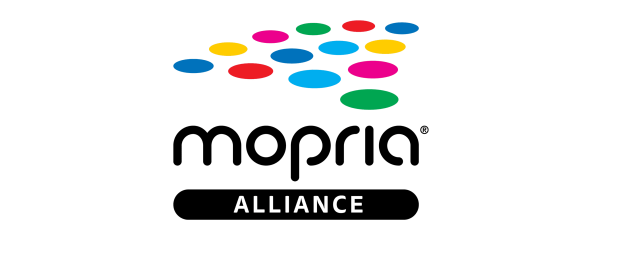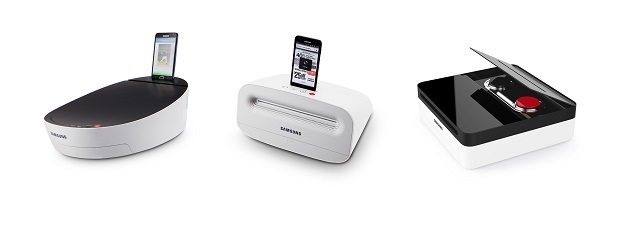NEW YORK – Mobile printing has gotten a lot of play recently with the introduction of the Mopria Alliance and Samsung’s bold prediction that it can overthrow HP as the as the No. 1 printer vendor by 2017.
At a special event held by HP at New York’s London Hotel, executives from the Palo Alto, Calif.-based technology giant told CDN not to count them out of mobile printing. HP said there is a new style of printing and HP wants to take a leadership position in it.
Both George Brasher, vice president and GM of HP LaserJet and enterprise solutions, along with David Laing, the director of innovation for HP LaserJet and enterprise solutions, said there is a new business printing reality because of mobile, but paper still dominates.
“In the last 100 years paper is the most dominate element in business. Maybe when I retire it will be digital, but for today the business world is going to be between both. In the cloud or in a cabinet you will need to digitize documents and still have them in printed form. There will not be too much copying because it’s a hybrid world,” Brasher said.
HP has accepted mobile printing as a megatrend and have developed a wide-range of new products to address this burgeoning market. HP found that the growth of the cloud will see one trillion pages being digitized by 20115. But Brasher and Laing acknowledged there are several challenges to overcome such as is users realize they can print from a smartphone.
“We have to solve two things: connection to a network and downloading of an app. We need to make that easier and secondly offer a wide range of printing devices,” Brasher added.
The first printer HP showed at the event is a Near-Field Communications (NFC) MFP for the enterprise with touch to print capabilities. But HP is also addressing the millions of customers with a LaserJet who still want to use the product or are insisting on investment projection. HP has developed a new accessory product that will enable wireless and NFC printing from old LaserJets. The $69.99 product will enable a smartphone or tablet user to locate a printer similar to locating a Wi-Fi network. From there the user can select the number of prints and other options, tap file print to send the document or image to the printer.
“These products make the mobile printing experience better and simpler. We realize that the complexity of Eprint requires you to be on a network to make it work. Then there are VPN unions and passwords. That’s not exactly simple as we would like it,” Laing said.
HP has produced wireless direct printing through a short-range 802.11 network capability inside the new products. The mobile device can now discover the printer and it creates a private peer-to-peer network with the two devices in a 20 to 30 metre range. The NFC technology gives it a step further by identifying the selection of devices that enables you to pull up the device, touch and print, Laing described.
All these solutions come with 128-bit encryption. Outside the 30 metre range HP has developed four other mobile print solutions under the Eprint brand.
The first is a sign up method where the printer gets its own IP address and similar to an email address the mobile device emails the attachment up to an HP server in the cloud.
Another method is for the enterprise space where the attached document gets inside a firewall.
Then there is Eprint Public Print locations. There are 30,000 locations around the world in places like Mail Boxes Etc. and FedEx. The email attachment goes to an Eprint address where the app discovers it and print it’s, while sending you a release code. Then you go a pick up the print after you give them the release code.
Laing added that new data indicates that in developed markets pages per devices are doing down on the copy and fax side, but scan volumes are going up. “People are scanning more documents in new workflows because of software like Sharepoint, for example,” Laing said.
HP also showed off some of the new technology features of is mobile printing like such as Instant-on fusing. Most large MFP machines need between 45 to 60 seconds to start working. “It feels longer,” Laing said. New departmental HP printers start running in eight seconds though Instant-on fusing. This new fusing technology consumes less energy as it can go into sleep mode automatically in five minutes of non-use. “And, it only takes eight seconds to start. That saves more power and IT managers do not have to set automated sleep modes in two hours any longer,” Laing said.
Other new features are a new ATM process for eliminated pages being stuck together and a pull-out keyboard.





